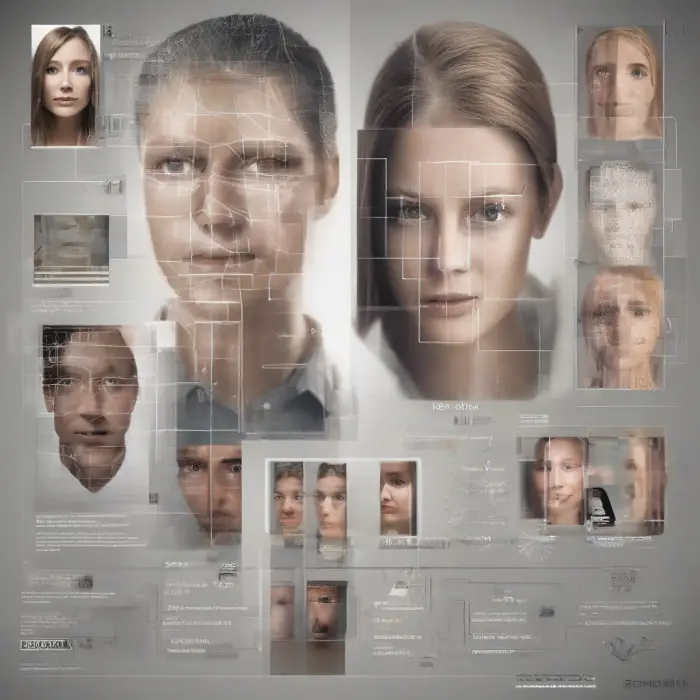Quirky Facts About the History of Unusual Inventions
From wireless teabags to plastic wishbones, the realm of invention and innovation is filled with peculiar and unexpected creations. Some of these unusual inventions, appearing to stem from moments of pure absurdity, have importantly varied, deep-rooted histories and fascinating backstories. Here are some quirky facts about the history of such unusual inventions.
1. Bubble Gum
While it might seem like a simple confectionery item, the history of bubble gum is quite intriguing. Frank Fleer in 1906 produced a gum named 'Blibber Blubber', which was revolutionary as it was intended for blowing bubbles. However, it was too sticky and not very successful. The bubble gum we know today was invented in 1928 by Walter Diemer, an accountant at the Fleer Chewing Gum Company. Curiously, Diemer had no background in chemistry or confectionery. The pink color of bubble gum, which is now considered standard, was merely a result of pink being the only dye available at the time of invention.
2. Slinky
The 'Slinky', a helical spring toy, was inexplicibly `invented' by naval engineer Richard James in 1943 while he was trying to develop a spring for stabilizing sensitive instruments on ships. When he accidentally knocked a sample spring off a shelf, he noticed it 'slinked' away across the floor, coils expanding and contracting. Realizing its potential as a toy, James and his wife, Betty, started manufacturing it post-war, and the rest is history.
3. Post-It Notes
The ubiquitous Post-It note, an indispensable tool in offices and homes worldwide, was born from an apparent failure. In 1968, scientist Spencer Silver at 3M Laboratories was attempting to develop a strong adhesive, but instead ended up with a low-tack, repositionable one. His colleague, Art Fry, found a practical use for the 'failed' adhesive years later when he used it for marking his place in his hymn book. This marked the genesis of 'Post-It notes'.
4. The Pacemaker
Amazingly, the life-saving device, the pacemaker, was also an accidental invention. It was invented in the 1950s by Wilson Greatbatch, a teaching assistant at the University of Buffalo, who was merely attempting to record heart sounds. Instead, he noticed the device's capacity to regulate heartbeat, eventually leading to the creation of the pacemaker.
5. The Microwave
Even the microwave was an unusual invention. American engineer Percy Spencer was experimenting with a radar-related vacuum tube. When a chocolate bar in his pocket began to melt, Spencer realized the tube’s waves could heat food, leading to the creation of the microwave oven.
The world is full of such inventions that, while seeming quirky or nonsensical at first glance, have rich histories and have greatly impacted our lives. These inventions are an important reminder that often, the most profound innovations emerge from the most unexpected places.










